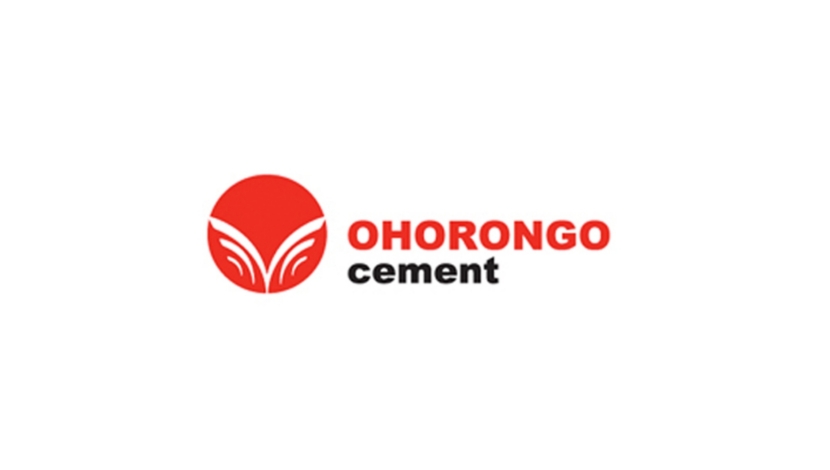
Ohorongo Cement’s alternative energy project, Energy for the Future, has shifted gear as it is now downscales harvesting of encroachment bush and is encouraging private individuals or businesses to take up the activity.
“We are now promoting private harvesters and currently have two or three of them busy with trials,” explained Ohorongo’s Cement’s MD, Hans-Wilhelm Schutte.
The Energy for Future project entails the transformation of encroachment bush into useable fuel in the form of woodchips for the cement factory. Ohorongo purchases the woodchips from sister company, Energy for Future.
The company also utilises excess heat from the kiln again to save time and energy in the burning process of raw material to clinker.
The private harvesters busy with the trial period operate in the area surrounding the cement factory where dense bush, also referred to as encroached bush, limits the agricultural potential of the area.
About 5,000 hectares of the approximately 26 million hectares of encroachment bush in the area would be de-bushed per annum, yielding up to 85,000 tons of woodchips annually.
The cement company’s research confirmed the viability to harvest encroacher bush to replace close to 80% of coal needed for thermal heat in cement production.
This reduction in the use of annual coal imports of up to 55,000 tons is estimated to save Ohorongo N$55 million per annum. The reduction in the energy account of Ohorongo Cement is almost N$29 million per year.
Ohorongo Cement, which recently received an award from the Ministry of Environment and Tourism, boasts that their CO2 emissions at their Sargberg plant, close to Otavi, is the lowest in Africa and even lower than European Union requirements.





